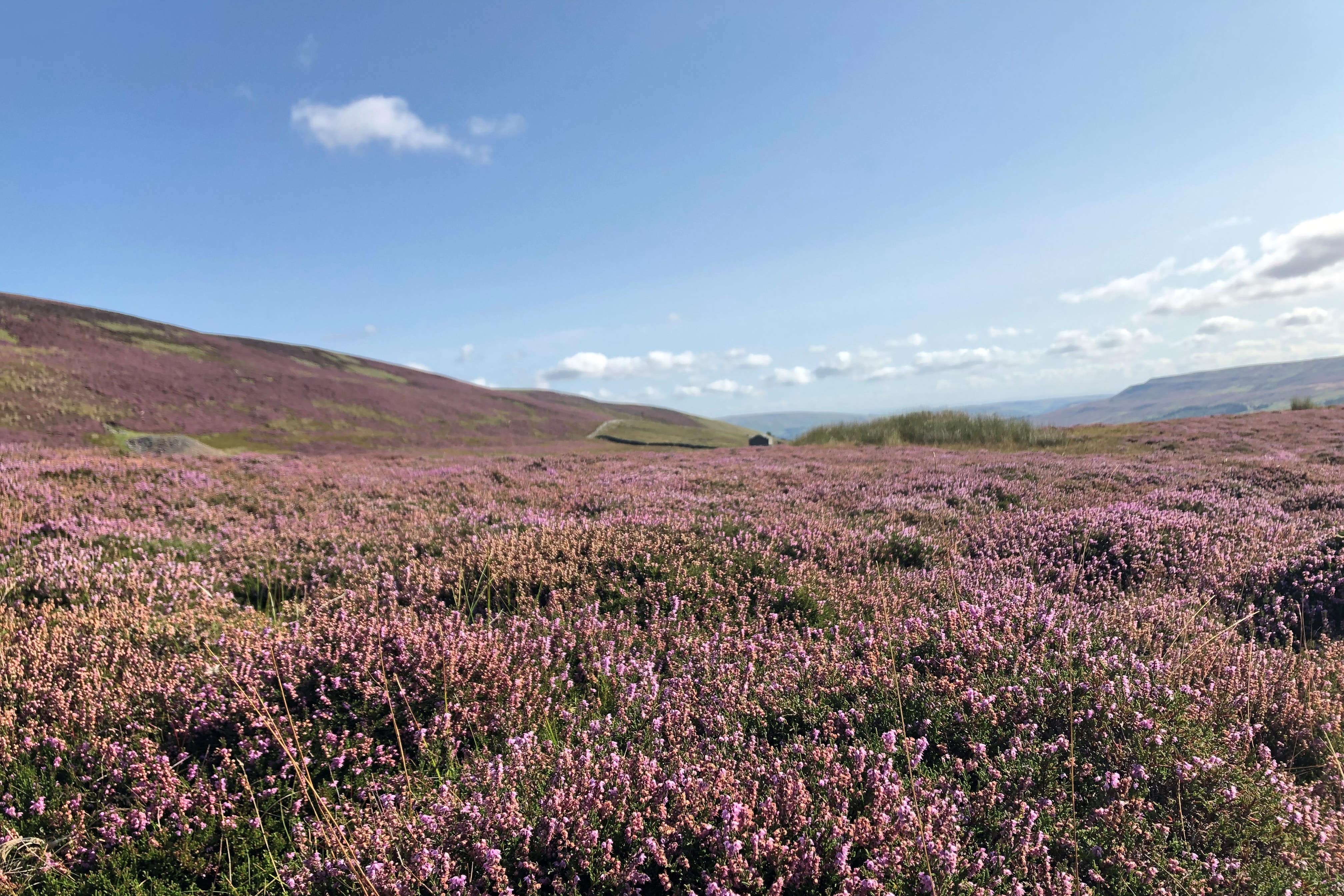Investigation into protected peat burning ‘leads to just one formal warning’
Moorland Association says figures show managers abiding by rules stopping burning on deep peat, while Greenpeace calls for a more comprehensive ban.

Just one report of breaching a ban on burning protected peatland sites has led to a formal warning, figures from the Government show.
More than 1,500 individual reports of alleged breaches of the heather and peat burning regulations had been received since a ban on the practice was brought in in May 2021, a written Parliamentary answer on the issue shows.
The Moorland Association said the findings showed landowners were abiding by the rules, and accused environmental organisations such as Greenpeace of misleading the public into thinking legitimate burning of heather was illegal.
But Greenpeace said the figures showed the regulations were “so riddled with loopholes as to be almost unenforceable” and called for a comprehensive ban on burning peatland.
The ban on burning on blanket bog with deep peat – more than 40cm – in specially protected areas of England without a licence was brought in to protect what the Government described as the country’s national rainforest and help tackle climate change and nature loss.
Grouse moor managers carry out controlled burning of heather on peatland during winter months to stimulate new growth of the plants which red grouse can feed on, and say their methods do not harm the peat below.
But conservationists say burning peatland destroys vegetation, erodes the carbon-storing peat and reduces its ability to slow the flow of water and prevent flooding in the valleys below.
The UK has 13% of the world’s blanket bog, which in a healthy state is an important store of carbon and natural habitat for wildlife but produces carbon dioxide emissions when degraded.
Of the 1,584 reported instances since May 2021 when the ban was brought in, 1,022 could not be assessed because they included insufficient location information, while 490 were assessed by the Environment Department (Defra) and conservation agency Natural England.
We do not burn peat and we do not deliberately damage moorland habitat
Many were found to be duplicates, or were established to not amount to offences under the rules, according to Defra junior minister Trudy Harrison.
A total of 72 reports, related to the current burning season this winter are currently undergoing assessment by Defra and Natural England.
A small number of reports progressed to formal investigation, and one instance has resulted in the issue of a formal warning, the written answer shows.
The figures come after officials investigated claims from environmental groups that satellite monitoring and reports suggested dozens of fires were set as part of grouse moor management on protected deep peat areas.
The campaign groups received hundreds of reported incidents of grouse moor burning from members of the public.
The Moorland Association said allegations of disregard for the rules had been shown to be “utterly wrong” and the environmental groups should be ashamed of a “deliberate campaign of misinformation” that made people think legitimate burns were against the law.
Amanda Anderson, director of the Moorland Association, said: “The allegations levelled at trained and skilled grouse moor managers have proven to be false, misleading and fundamentally flawed.
“The results of the investigation show that our members are committed to best practice and abide by the new regulations.
“We do not burn peat and we do not deliberately damage moorland habitat.”
The Moorland Association said the single formal warning came because a permitted burn on shallow peat had spread to heather growing on pockets of deeper peat.
The fact that Natural England was unable to assess more than 1,000 reports of potentially illegal peatland fires is hardly cause for celebration
The organisation said controlled burning of vegetation was a crucial tool in the management of the uplands, including for reducing wildfire risk which was worsened due to climate change.
But a Greenpeace UK spokesperson said: “Some moorland owners seem to be relieved that only a ‘small number’ of grouse moor estates are under formal investigation and just one has so far received an official warning.
“But the fact that Natural England was unable to assess more than 1,000 reports of potentially illegal peatland fires is hardly cause for celebration.
“It simply shows that the ban on peat burning is so riddled with loopholes as to be almost unenforceable.”
The spokesperson said scientists had warned that burning any peat – shallow or deep – worsened climate change, and urged ministers to bring in a comprehensive ban on peatland burning and to enforce it.
Subscribe to Independent Premium to bookmark this article
Want to bookmark your favourite articles and stories to read or reference later? Start your Independent Premium subscription today.
